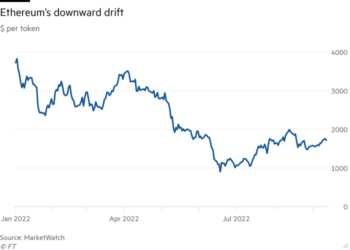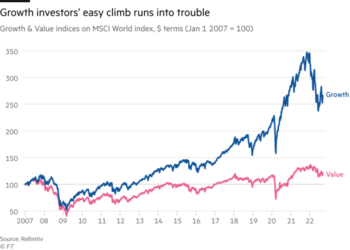Cyber security businesses aim to protect customers from unwelcome shocks. NortonLifeLock received a surprise of its own on Wednesday. The UK’s Competition and Markets Authority issued a tough initial ruling on the US software group’s $8bn plus takeover of UK-listed rival Avast.
This casts doubt on whether the deal will go through. Shares in nautically-named Avast duly collapsed by 12 per cent in mid-morning UK trading.
Previously, there appeared to be an assumption the deal was as good as done. NortonLifeLock had agreed to make Avast’s 44-year-old Czech boss Ondrej Vlcek chief executive of the entire operation. Amusingly, he won his first PC in a hackathon three decades ago.
The ruling represents a curious decision by the CMA. Regulators in the US, Germany and Spain have already waved the deal through. True, the CMA has a duty to protect UK consumers from any price gouging. Yet the two software companies probably have no more than a 15 per cent market share among UK paid users, thinks Berenberg.
If the CMA review includes all of Avast’s free users, some 450m worldwide with perhaps a tenth or more in the UK, then that would have swelled pro forma market share. But pricing is the main consideration under the UK’s antiquated competition regime. Regulators are only belatedly beginning to recognise the anti-competitive nature of the network advantages enjoyed by large tech platforms.
The watchdog has asked Arizona-based NortonLifeLock to respond within a week with remedies to forestall a Phase II review. The tone from the Americans was hardly conciliatory. NortonLifeLock said it would propose no changes.
Remedies from NortonLifeLock could require an exit from the UK market, which would be extreme. A deal break fee of up to $300mn for Avast, more than a tenth of NortonLifeLock’s expected 2022 revenues, is one reason for the US group to keep going and attempt to clear regulatory hurdles.
Avast shareholders need not despair: if the US group is forced to pull out, they may well field fresh offers from buyout groups attracted by the company’s recurring subscriber revenues.











